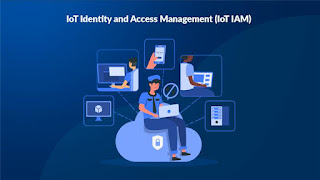Best Network Detection and Response Reviews 2025

Network Detection and Response (NDR) is a modern cybersecurity solution designed to continuously monitor, detect, and respond to suspicious activities within enterprise networks. Unlike traditional signature-based defenses, NDR leverages advanced techniques such as AI-driven analytics, behavioral modeling, and zero-trust architecture to address evolving cyber threats. In an era where attackers are sophisticated and enterprises are increasingly reliant on hybrid and multi-cloud environments, NDR has become a cornerstone of effective digital defense strategies. What is Network Detection and Response (NDR)? NDR is a next-generation security solution designed to monitor, analyze, detect, and respond to suspicious activities within enterprise networks. Unlike traditional systems that rely heavily on known threat signatures, NDR solutions leverage non-signature-based techniques, such as behavioral analytics, anomaly detection, and AI-driven insights. This enables organizations to ...
%20(1).png)
.png)

.png)


.png)